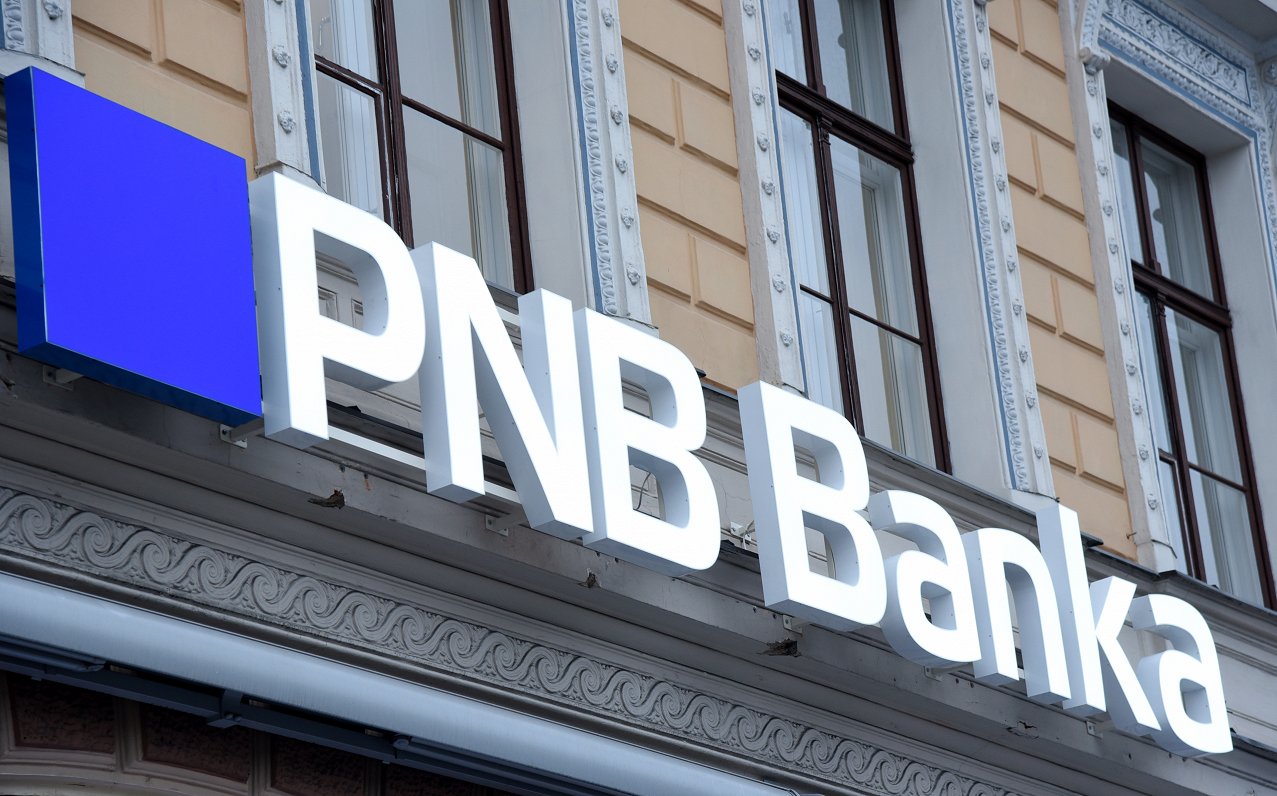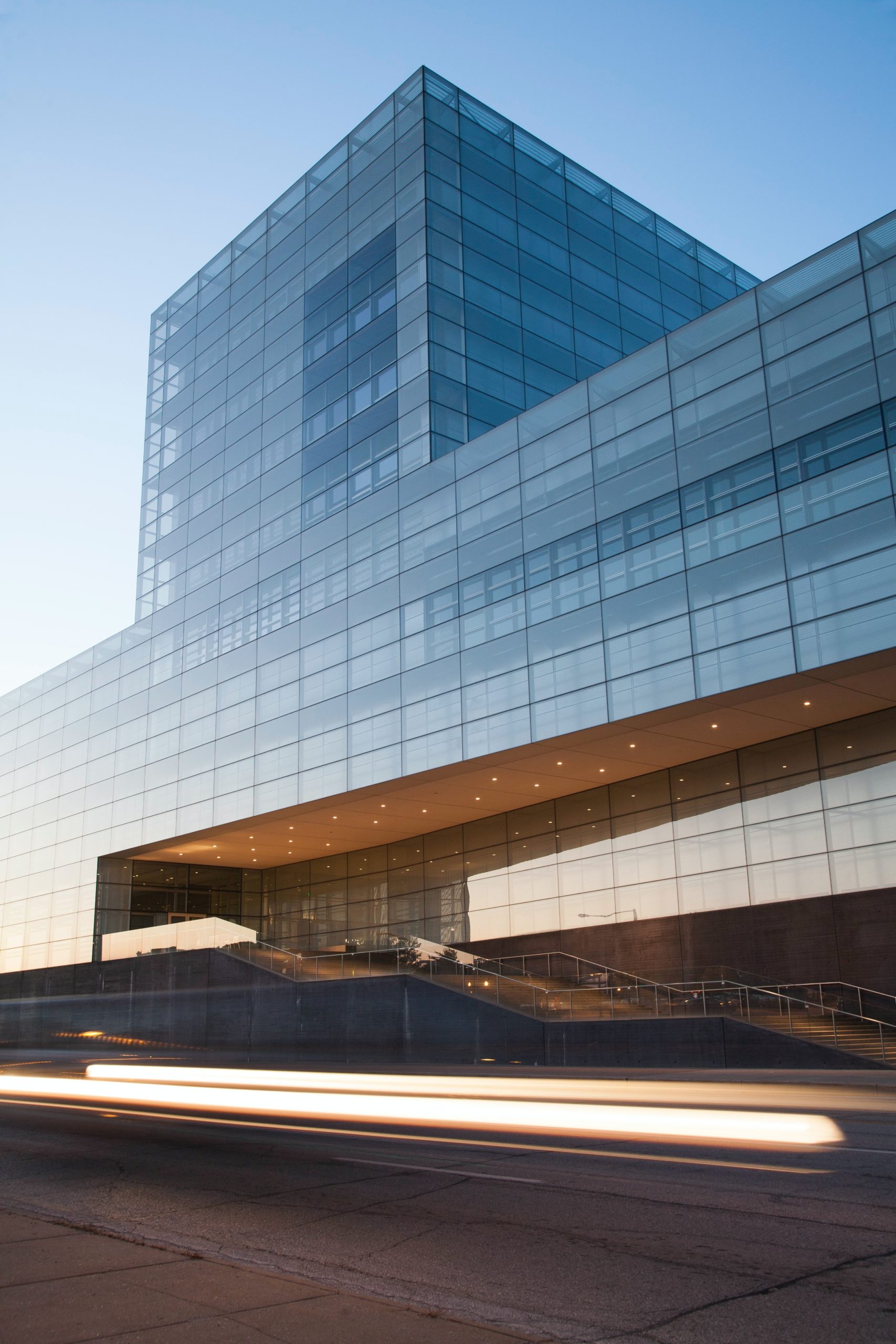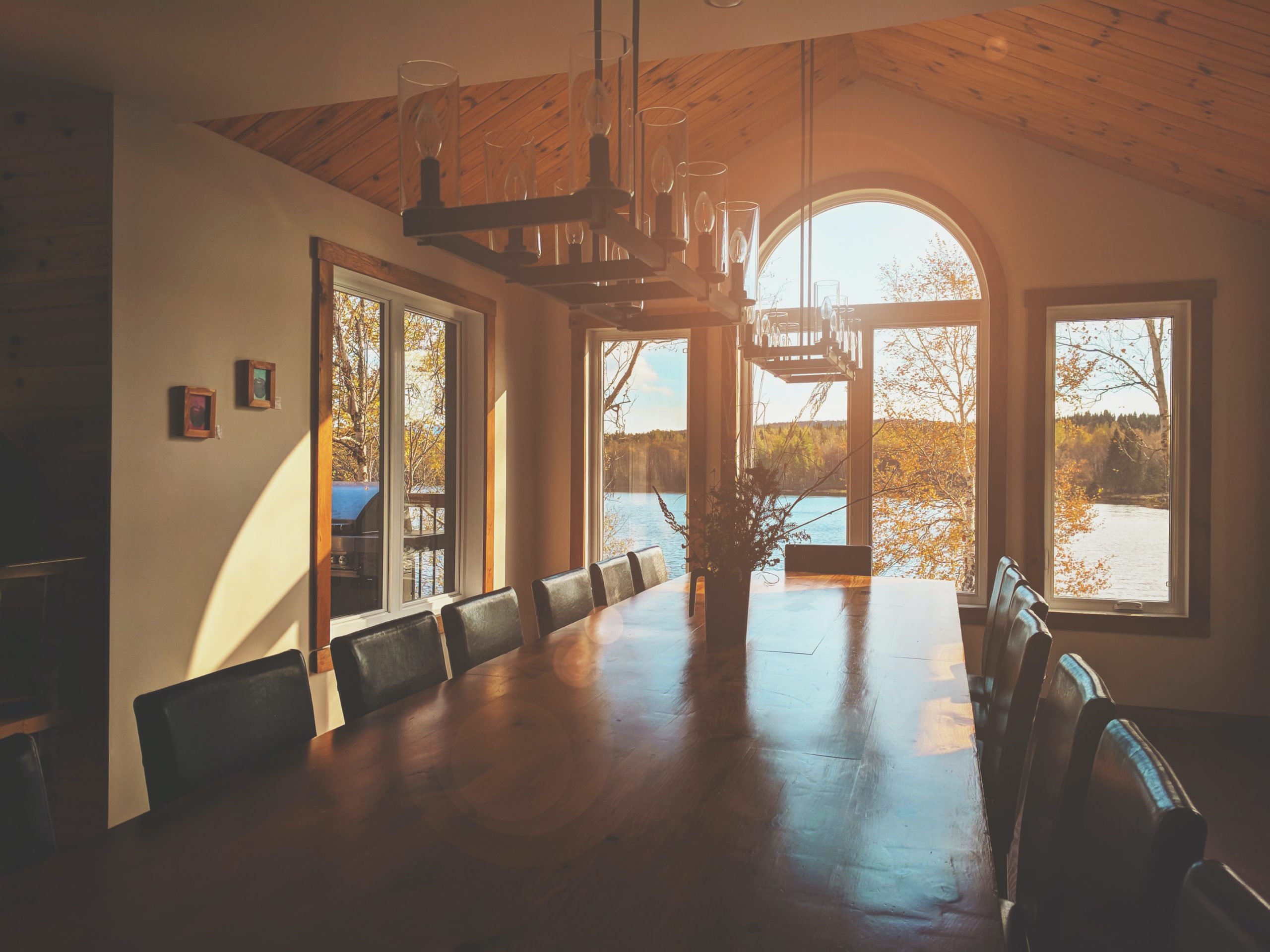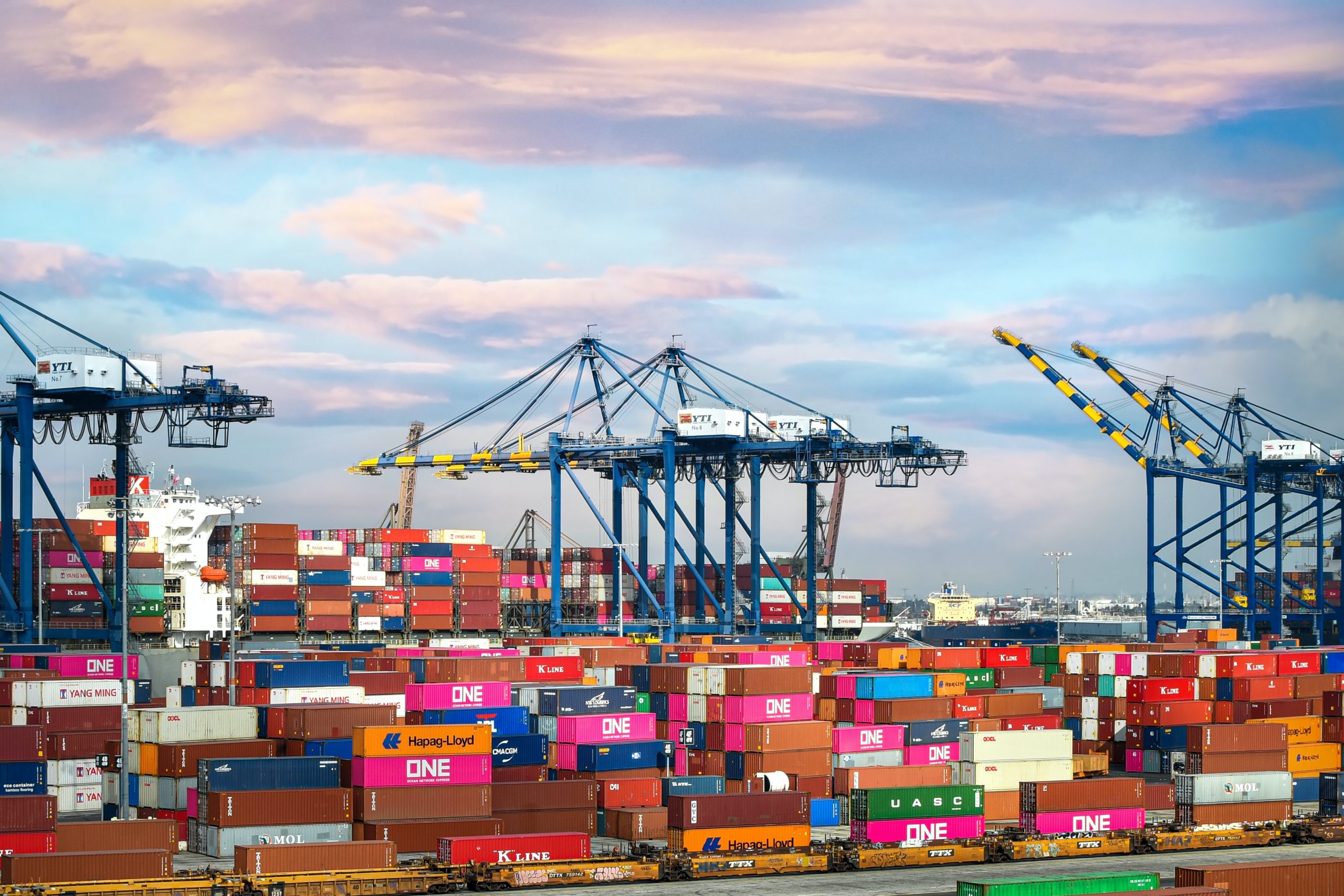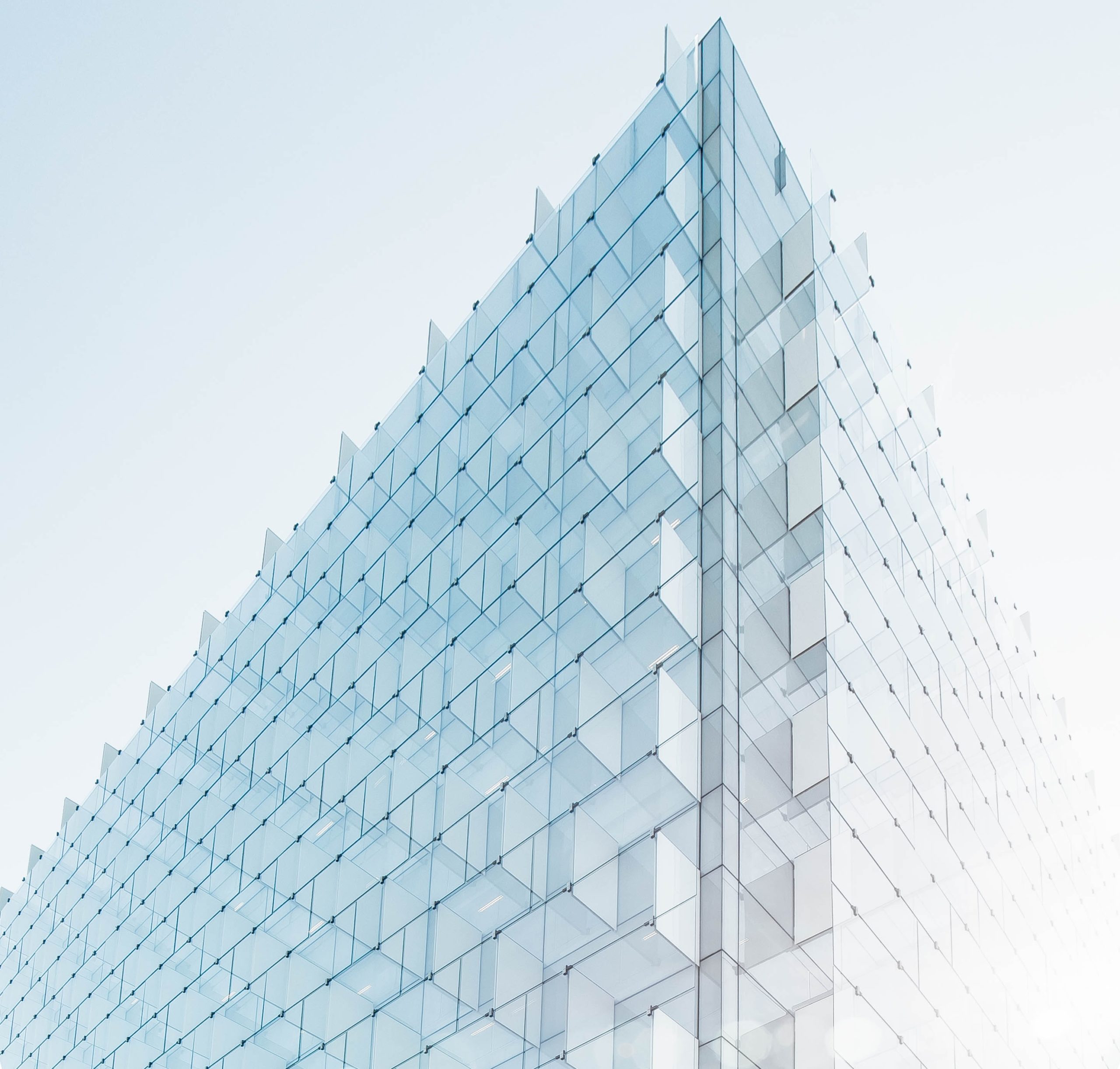The most advanced scientific and technological advancements are combined in green technology to protect the environment. It is the generation of clean energy utilizing alternative fuels and less damaging technological advancements. The future of technology is green. The ecosystem is safeguarded, and sometimes the harm caused by earlier generations is even undone. Because of climate change and resource depletion, investors are becoming more and more mindful of green technology.
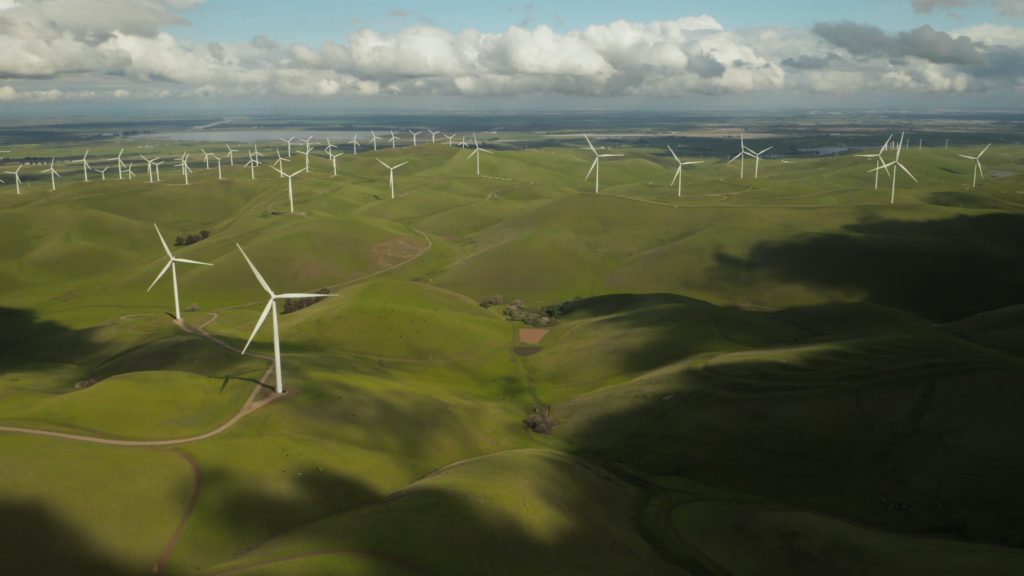
Primary fields of green technology
The primary subsectors are wind energy, combined heat and power (CHP), hydroelectric power, component manufacturing for the energy sector, sustainable materials, and recycling.
Latvia’s use of green technologies
The environment in Latvia is ideal for the production of green energy. Due to its high proportion of renewable energy generation inside the EU, Latvia has the potential to grow this industry. In addition, Latvia has the required resources, qualified labor, and extensive knowledge of producing renewable energy. The potential of the sectors is further increased by Latvia’s initiatives to boost energy efficiency and rising enrollment in degree programs related to the industry. One of the most forward-thinking and advanced industries you can imagine is green technology. It has long been Latvia’s premier industry, delivering state-of-the-art manufacturing techniques. When it comes to the amount of renewable energy utilized for heating and cooling, Latvia comes in fourth in Europe. In 2020. Because of its favorable position, Latvia has easy access to the raw resources needed to apply green technology to the fullest and most comprehensive extent. Resources must be carefully gathered, kept, and delivered to the ultimate location in the most effective and ecologically friendly manner to use green technology. Fortunately, Latvia boasts a first-rate logistical infrastructure.
The industry’s statistics
It’s not a fairytale to get emissions to zero. Latvia has completed the National Energy and Climate Plan (NECP) for 2030 and has established goals to achieve net-zero emissions by 2050. In the EU, Latvia is now the second greenest nation in terms of greenhouse gas emissions (Statista, 2020). Latvia is moving more and more in the direction of renewable energy sources. The ultimate gross energy consumption in 2020 included 42,1% renewable energy sources (3rd in the EU). In addition to having 12,500 rivers, Latvia also ranks second in the EU for its proportion of hydroelectric electricity (2020).
Careers and education
Working together and seeking advice from others is always a smart move. A Green-Tech Cluster is a group for cross-sectoral collaboration that brings together businesses, institutes of higher learning, and other groups. The cluster has 66 enterprises that are active members. More than 2000 people are presently employed in the area of green technology due to its novelty and attraction, which attracts many innovative minds. The top universities in the area are Riga Technical University and the University of Latvia.
Pioneers in the industry
Among the pioneers in Latvia’s green technology sector are:
East Metal
Four sites in Latvia and Denmark total approximately 40,000 m2 of available manufacturing area for East Metal. When it comes to managing projects involving intricate steel structures and parts, as well as manufacturing projects for the wind energy industry, transportation equipment, cranes, and lifting gear, East Metal shines as a dependable partner. The manufacturing sector also manufactures equipment and machine components.
CNC SAAN
Using metal milling, turning, welding, and CMM measurement, CNC SAAN is a corporation that processes metal. Germany, Denmark, Sweden, and Norway are the company’s top export destinations. Machine manufacturing, the power sector, agriculture, logging, the oil and gas business, and furniture manufacturing are all included in the future growth of CSNN.
Energofirma Jauda
With more than 50 years of expertise, Energofirma Jauda is one of the Baltic nations’ top makers of electrical goods. Compact substations, low and medium-voltage equipment, metal structures, and metalware are among the things the firm makes for energy and electricity.
Getlini
Getlini is one of the most advanced municipal solid waste landfills in Europe and the biggest one in the Baltic. produced from biodegradable trash as a safe waste recycling facility.
Aerones
Aerones develops cutting-edge robotic and IoT technology and offers wind turbine maintenance services globally. To conduct inspections, repairs, and cleanings, technicians control robotic tools. The technology decreases turbine idle time, lowers costs, increases energy production efficiency, and lowers greenhouse gas emissions.
